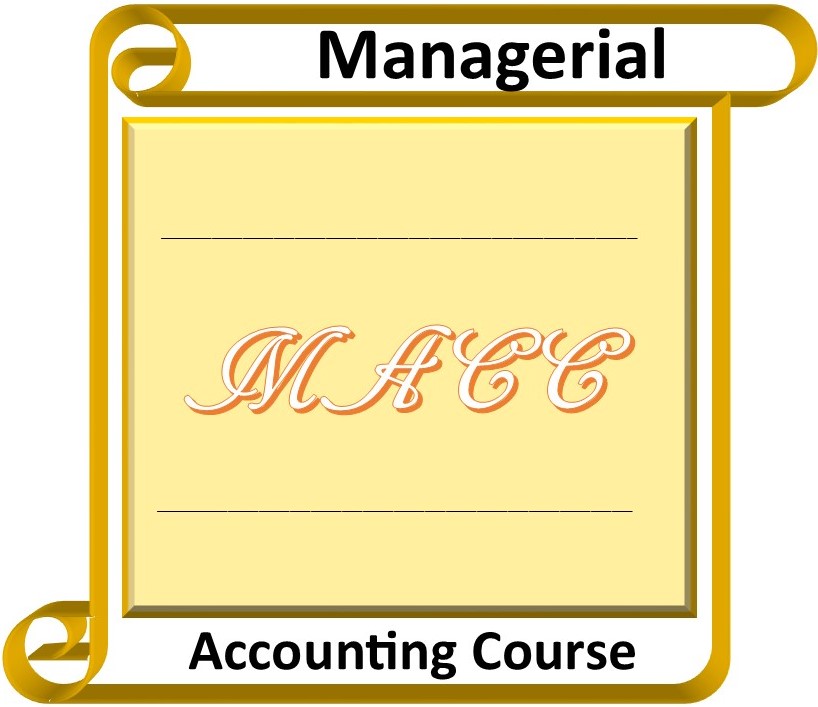Answers - Cost Accounting
2. Job order costing is the customized allocation of costs in relation to the specific job or order. Process costing is the cost accounting method that is appropriate to manufacturing companies that exhibit mass production of identical products.
3. Direct materials cost, direct labor cost, and manufacturing overhead cost
4. Manufacturing overhead costs are the indirect manufacturing costs which cannot fit into the category of direct materials or direct labor costs. Examples of manufacturing overhead costs include plant building, salaries for supervisors, machine repairs, etc.
5. Step 1: Understanding the processes and costs in a plant. This step requires the management to understand the manufacturing process in order to properly identify and determine the cost drivers and their associated costs.
Step 2: Identify activities and costs. In this stage, the management identifies the costs drivers involved in the production process.
Step 3: Calculating, matching, and allocating costs to each of the identified activities. After identifying the costs of each cost drivers, the final process is to allocate and estimate the unit costs of each of the activities in the production process.
6. Process costing.
7(a). The prime costs are costs of direct materials and direct labor
Prime costs = $60,000 + $80,000
= $140,000
(b). The conversion are costs of direct labor and manufacturing overhead
Conversion costs = $80,000 + ($40,000 + $70,000)
= $190,000
(c). The total manufacturing costs are the totals of direct labor, direct materials and manufacturing overhead costs.
Total manufacturing costs = $80,000 + $60,000 + 40,000 + $70,000
= $250,000
8(a). The cost of goods sold.
The cost of one unit = $250,000 / 5000 = 50
The cost of goods sold (4000 units sold)
= 4000 × $50
= $200,000
(b). The cost of goods in inventory.
The units in inventory = 5,000 − 4000
= 1,000
Cost of the goods in inventory = 1,000 × $50
= $50,000
(c). The gross profit from the sales.
Gross profit = sales − cost of goods sold
= $400,000 + $200,000
= $200,000
9(a). Unit cost of one cowboy jacket.
Unit cost = total manufacturing cost / number of jackets produced
= $130,000 / 10,000
= $13
(b). Cost of sold = units sold × unit price
= 8,000 × 13
= $104,000
10(a). Gross profit = Sales − Cost of goods sold
= $240,000 − $104,000
= $136,000
(b). Net profit = Gross Profit − all costs including tax
= $136,000 − (25,000 + 10%×240,000)
= $87,000
Profits if all 10,000 jackets were sold;
(c). Gross profit = Sales − Cost of goods sold
= $300,000 − $130,000
= $170,000
Net profit = Gross Profit − all costs including tax
= $170,000 − (25,000 + 10%×300,000)
= $115,000
